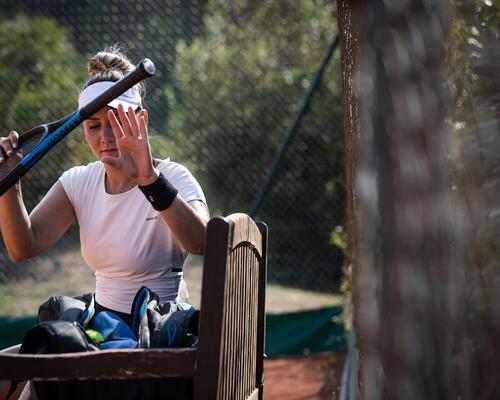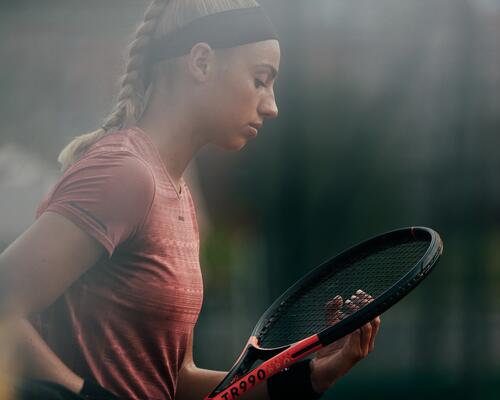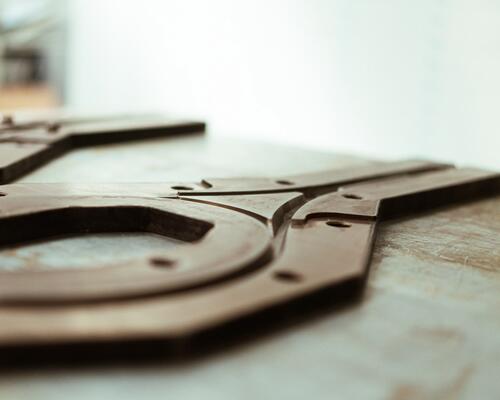First, how do you measure tennis racket stiffness?
Stiffness is measured in Rahmen, abbreviated Ra, and ranges from 55 to 75.
This is a technical measurement made using the same machine that determines the swingweight (see “racket swingweight”).
Below is a video showing the measurement of an Artengo TR960 racket with an Ra of 70.






